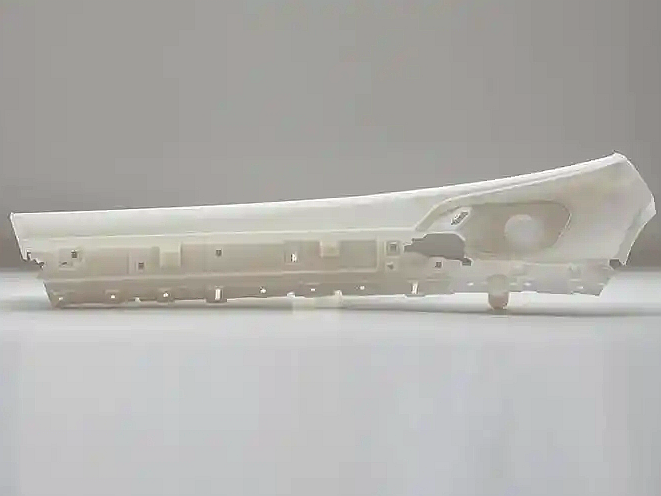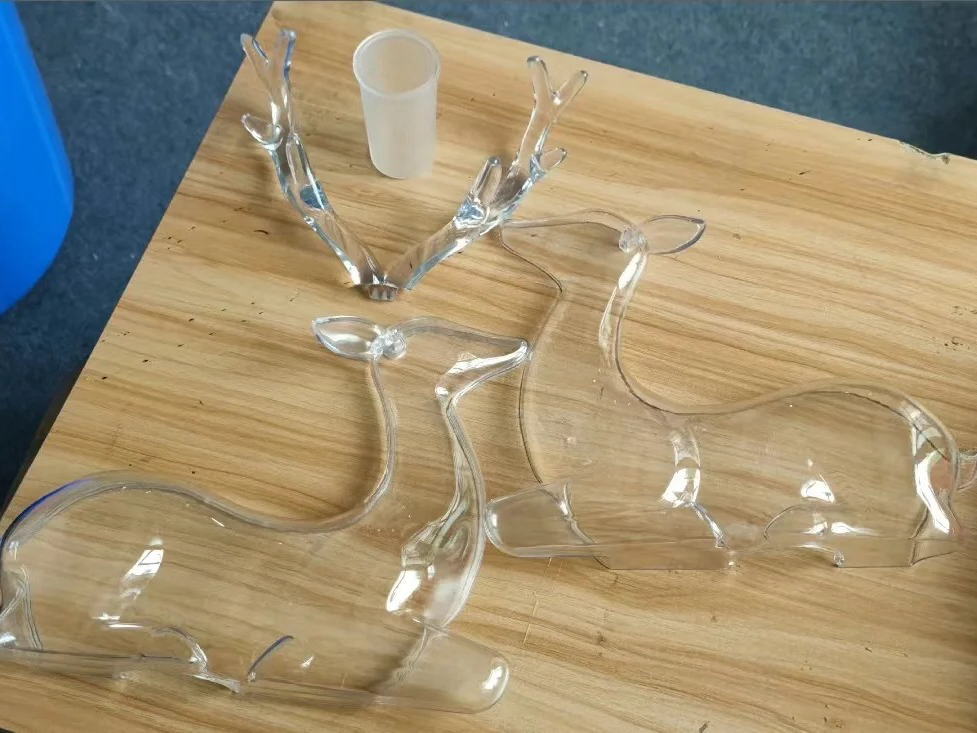What is the difference between dental resins and medical-grade biocompatible resins?
What Is the Difference Between Dental Resins and Medical-Grade Biocompatible Resins?
Intended Application Scope
Dental resins are specifically formulated for intraoral applications such as crowns, surgical guides, splints, aligners, and dentures. They are certified for short- to long-term contact with teeth and oral tissues. In contrast, medical-grade biocompatible resins are designed for broader contact with skin, mucosal membranes, or implanted use, and comply with ISO 10993 and USP Class VI standards. These resins are used in surgical instruments, external prosthetics, diagnostic devices, and patient-specific anatomical models.
Regulatory Compliance and Certification
Dental resins typically conform to ISO 13485 and relevant CE/MDR or FDA standards for dental appliance fabrication. Products such as dental resins at Neway are engineered to meet Class I and IIa regulatory requirements. On the other hand, medical-grade biocompatible resins meet higher thresholds for cytotoxicity, irritation, sensitization, and systemic toxicity, allowing use in non-dental medical environments.
Mechanical and Thermal Properties
Dental resins prioritize hardness, wear resistance, and color stability to withstand chewing forces and frequent intraoral exposure. Typical tensile strength ranges from 50–80 MPa. Medical-grade biocompatible resins are optimized for toughness, flexibility, and chemical resistance depending on the device type. These resins are often sterilizable and more chemically inert, suitable for exposure to blood, disinfectants, or elevated temperatures in autoclave cycles.
Examples of Usage
Dental Resins: 3D printed surgical guides, aligner molds, denture bases, and custom crowns for orthodontic and prosthodontic use.
Medical-Grade Biocompatible Resins: Hearing aids, skin-contact orthotics, surgical tool handles, and anatomical models for pre-operative planning.
Recommended Resin Printing Services from Neway
Resin Selection by Application: Choose from specialized dental resins or medical-grade biocompatible resins based on functional, regulatory, and environmental needs.
High-Resolution Resin Printing: Utilize advanced SLA and DLP technologies to produce parts with dimensional accuracy and surface finish ideal for medical or dental use.
Post-Processing for Medical Use: Apply UV coating, polishing, and sterilization-friendly finishes to meet clinical standards.



